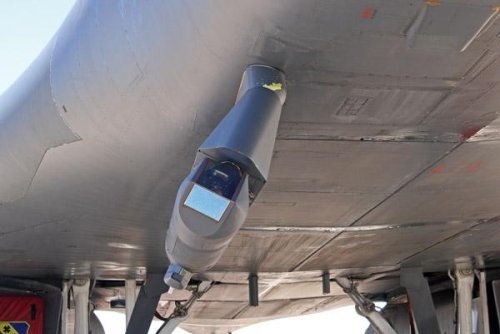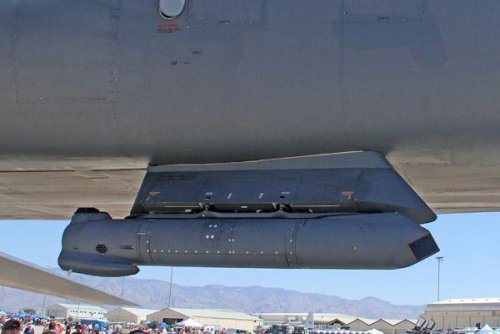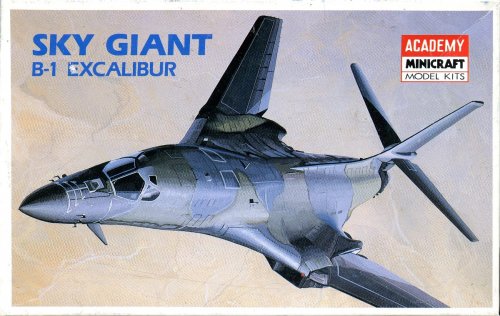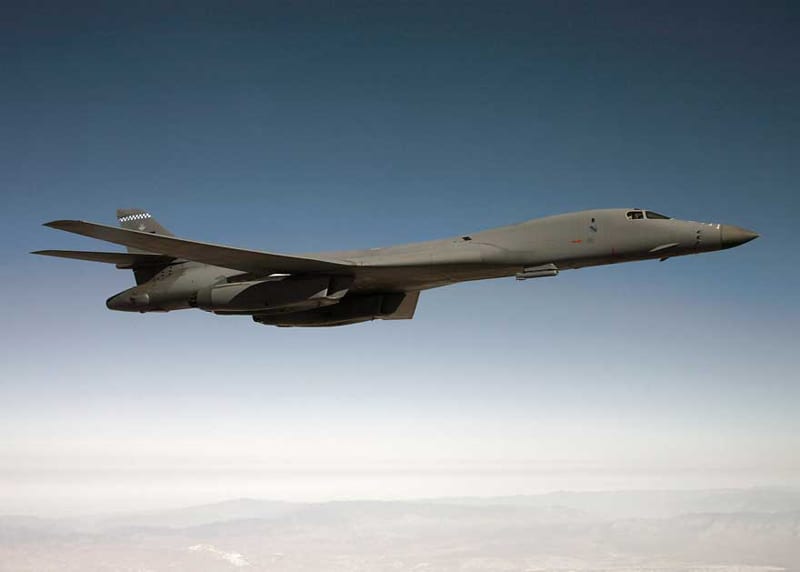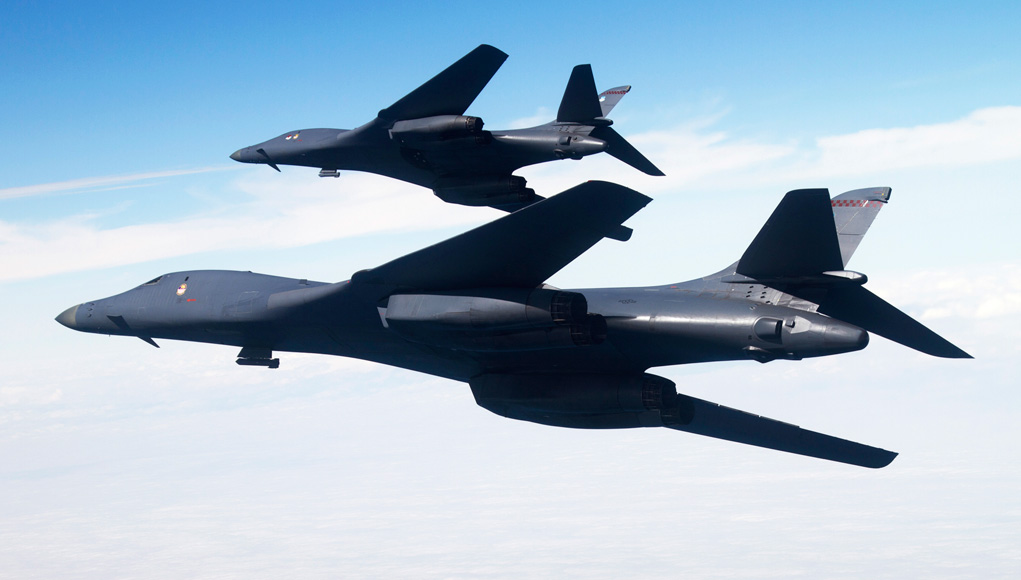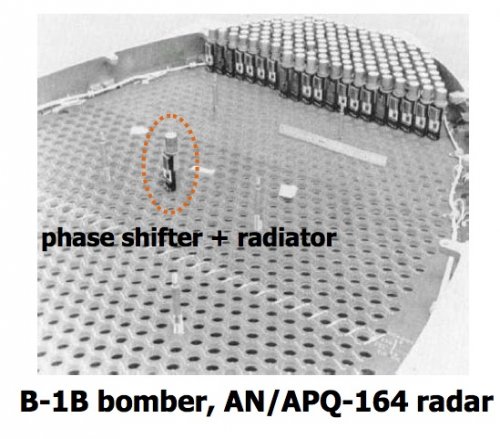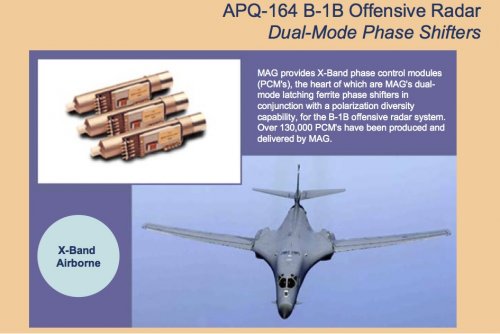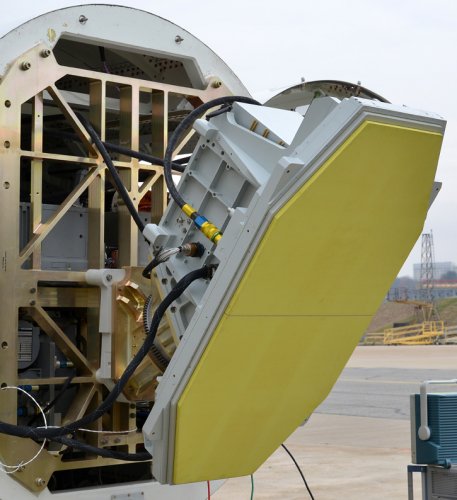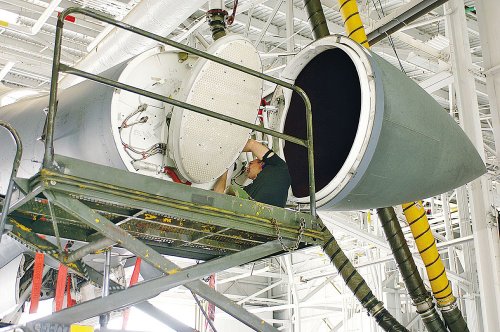Northrop Grumman Unveils the Scalable Agile Beam Radar -- Global Strike for the B-1B Bomber
SABR-GS brings the precision and reliability of AESA to the B-1B fleet
LINTHICUM, Md. – May 6, 2015 – Northrop Grumman Corporation (NYSE:NOC) introduced its Scalable Agile Beam Radar – Global Strike (SABR-GS) for the U.S. Air Force's B-1B Lancer at the 30th Anniversary B-1 Reunion held at Dyess Air Force Base, Texas.
Northrop Grumman's SABR-GS is a full performance, multi-function, active electronically scanned array (AESA) radar for the B-1. Developed as an affordable, low risk radar retrofit solution, SABR-GS offers advanced operational capabilities and greater system reliability than the legacy passive ESA. Large synthetic aperture radar maps, advanced image processing and sensor integration provide a significant advantage in situational awareness and give the B-1 powerful new capabilities for intelligence, surveillance, reconnaissance and targeting. Open architecture standards have been used to integrate data from other onboard sensors, enabling continued innovation and affordability for the life of the system.
As a derivative of the AN/APG-83 SABR, SABR-GS takes advantage of hardware, legacy modes and advanced operating modes proven on the F-35, F-22 and F-16 aircraft.
Nearly three times the size of the F-16 SABR system, SABR-GS offers unprecedented target area detail and digital maps under all weather conditions.
"By developing SABR-GS, we've enabled capabilities now critical to the mission – a significant milestone for SABR technology and the B-1," said Paul Kalafos, vice president, surveillance systems business unit, Northrop Grumman. "By leveraging the successes of the SABR for the F-16 fighter, we have activated cost savings for the U.S. Air Force's B-1 program, proven that SABR AESA technology is scalable and extended the survivability of the aircraft for the next 25 years."
The development of SABR-GS took place under a $21 million risk reduction contract awarded in 2011 by the Air Force B-1 Systems Program Office. Northrop Grumman has demonstrated in flight, the advanced B-1 AESA and advanced sensor and fusion processing, readying the radar for the engineering, manufacturing and development phase.
The completion of this contract follows the successful Radar Modernization Improvement Program (RMIP), in which Northrop Grumman modernized the radar receivers and processors of the B-1. SABR-GS will replace the APQ-164 radar antenna currently deployed on all B-1 bombers.
Northrop Grumman is a leading global security company providing innovative systems, products and solutions in unmanned systems, cyber, C4ISR, and logistics and modernization to government and commercial customers worldwide. Please visit
www.northropgrumman.com for more information.

